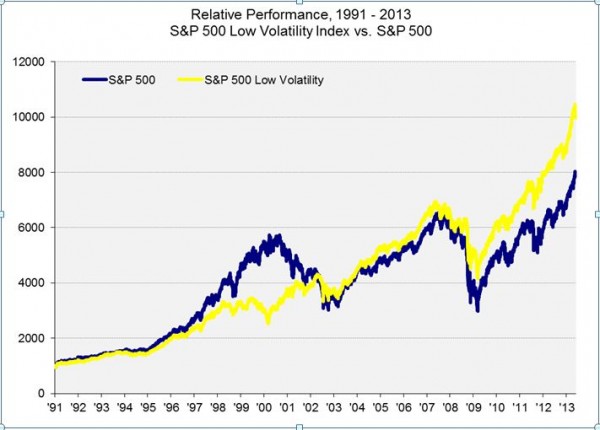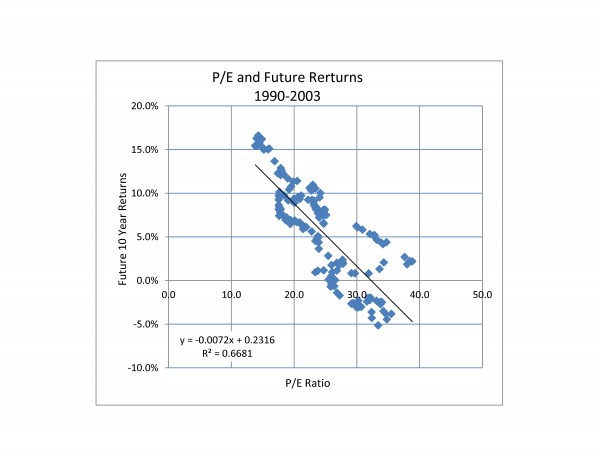Only a month ago the market was in love with the Fed and Ben Bernanke was a hero for helping the market move from 1350 in November to about 1670 in May. Now the central bank is a villain as the yield on 10 year treasuries tops 2%.
Interest rates have risen in the last couple of weeks, but it is too soon to tell if this is the beginning of the long expected return to higher yields or if it’s random noise and over-reaction. The fear is that a real change is upon us. Why would interest rates rise? Four possibilities: inflation, stronger economic growth, a shift in Fed policy or just random noise in markets. We can set inflation aside – it hasn’t changed in many months except for gasoline prices which appear to be slightly lower. There is little evidence that people are worried about inflation – no news or comments, no buying in advance, and no excitement about gold.
Second: stronger economic growth. For every five people worried about inflation, maybe there is one who expects stronger economic growth. A pickup in the economy would push interest rates higher, but it would also boost profits and the market. The evidence for a stronger economy is mixed – housing looks better, confidence is up but the job market is still worrisome. Were interest rates being pushed up by the economy we would be seeing something in the economic numbers.
Next reason: the Fed. In the last couple of weeks the Fed has said little and done nothing to even hint at a change in policy. Bernanke’s last speech was at the Princeton University commencement on June 2nd – and he said it was not about interest rates. The Beige Book, the FOMC’s report on the economy, didn’t see much change and the fed funds rate hasn’t moved.
Noise and worries: Markets move on rumors, worries, hopes and fears and little else all the time. Lately, complaints that the European Central Bank didn’t lower rates at its last meeting, worries that Japan won’t really try to restructure of its economy while the yen rebounds, and stories about the 1994 bonds collapse. For those who don’t remember, in 1994 the Fed did tighten, interest rates rose, investors in mortgage backed securities lost money. The following year the stock market started one of the best five year runs in history.
Wait until next week when the Fed’s policy unit, the FOMC, meets on June 18th and 19th.
The posts on this blog are opinions, not advice. Please read our Disclaimers.





